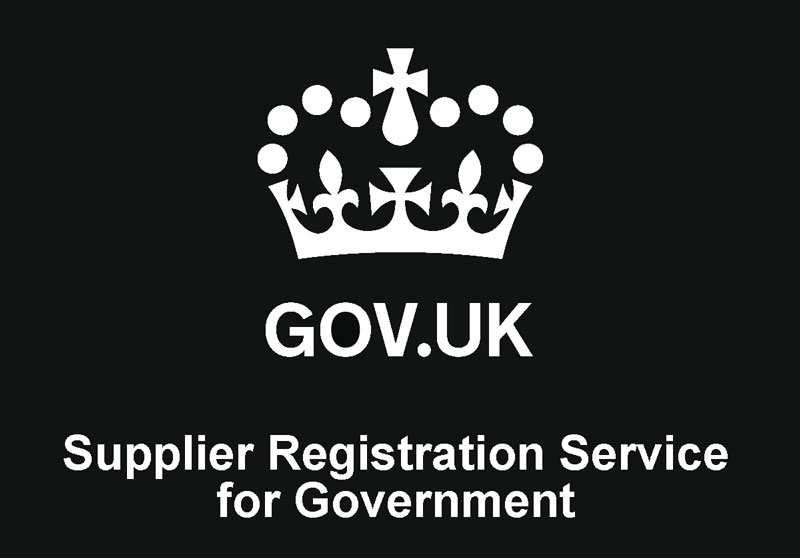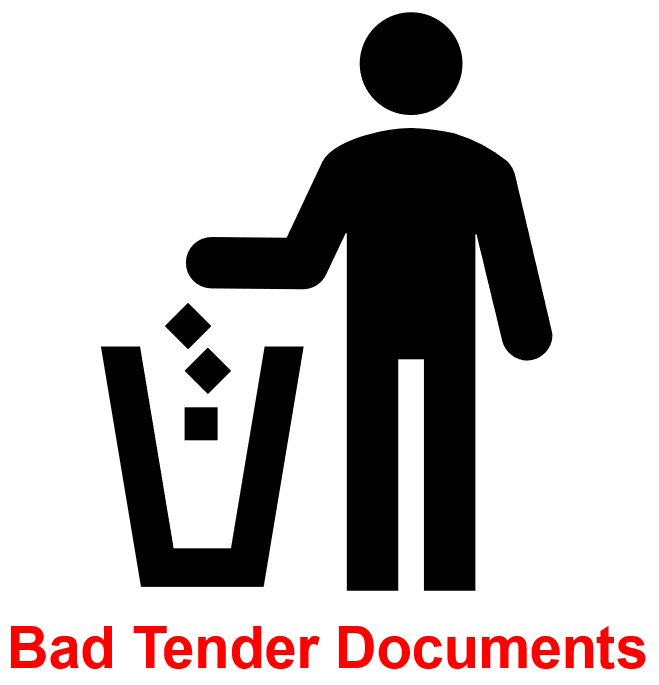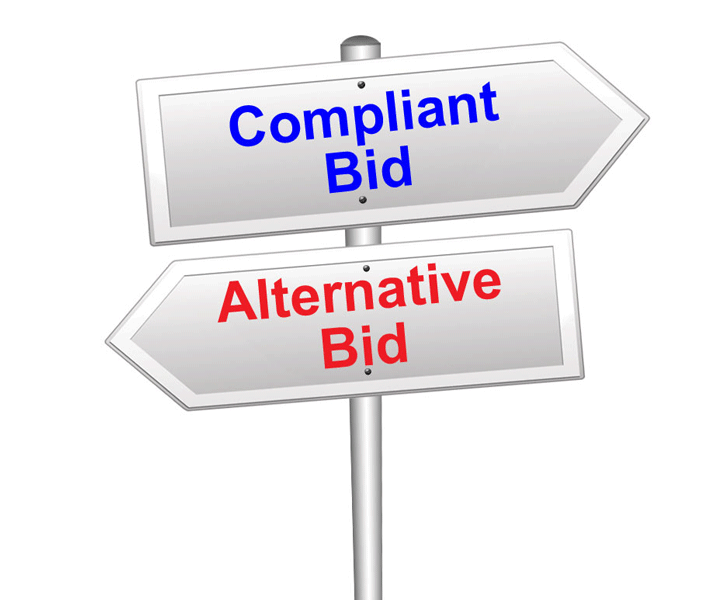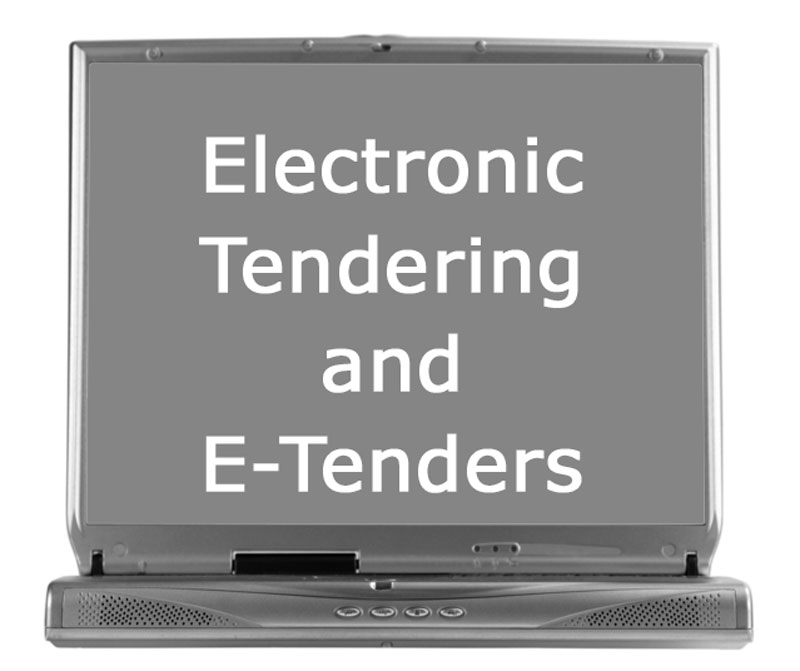Supplier Registration Service for UK Government – Simplifying Tendering
A Supplier Registration platform was launched by The Cabinet Office in March 2013. The aim was to simplify the tendering process for public sector contracts

Previously, to bid for public sector and government contracts, suppliers had to register on many different systems to view, access and tender for business opportunities. This makes tendering more difficult – increasing time and costs.
The new centralised system aims make bidding for government and public sector opportunities easier and cheaper. The Single Supplier Registration enables suppliers to register just once to gain access to a range of contracts.
Full details at the Cabinet Office.
The new Single Supplier Registration platform was available from April 2013 for the health sector (replacing the existing SID4health system) and was extended across other sectors in the following months.
…Supplier Registration Service for UK Government – Simplifying TenderingRead More »
Supplier Registration Service for UK Government – Simplifying Tendering Read More »




